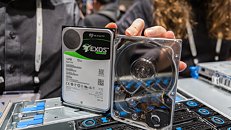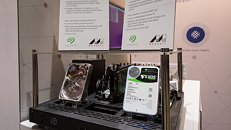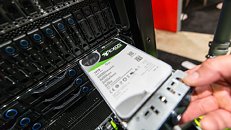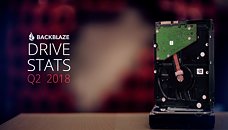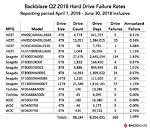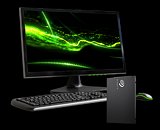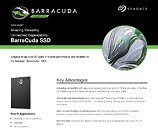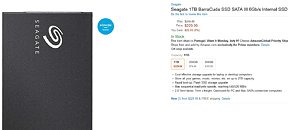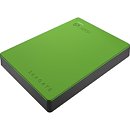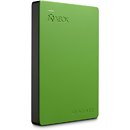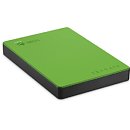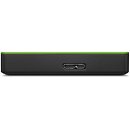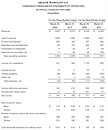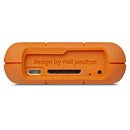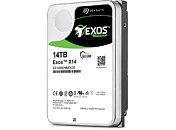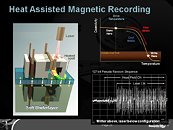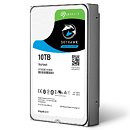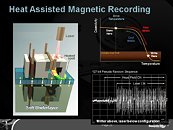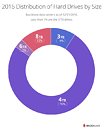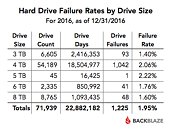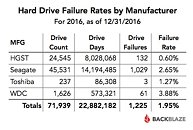
Seagate MACH.2 Multi Actuator Tech Enables 480MB/s HDDs
At the OCP summit this week Seagate and its partners revealed new proof points showing continued progress, solid results, and customer and industry adoption of the company's advanced HAMR and Multi Actuator technologies, which will be implemented in the near future in Seagate Exos enterprise hard drives.
Today Seagate said its new MACH.2 Multi Actuator technology has enabled them to set a new hard drive speed record, demonstrating up to 480MB/s sustained throughput - the fastest ever. Seagate formally introduced its MACH.2 Multi Actuator technology yesterday, which has now been deployed in development units for customer testing prior to productization. Read below to learn more.
Today Seagate said its new MACH.2 Multi Actuator technology has enabled them to set a new hard drive speed record, demonstrating up to 480MB/s sustained throughput - the fastest ever. Seagate formally introduced its MACH.2 Multi Actuator technology yesterday, which has now been deployed in development units for customer testing prior to productization. Read below to learn more.
